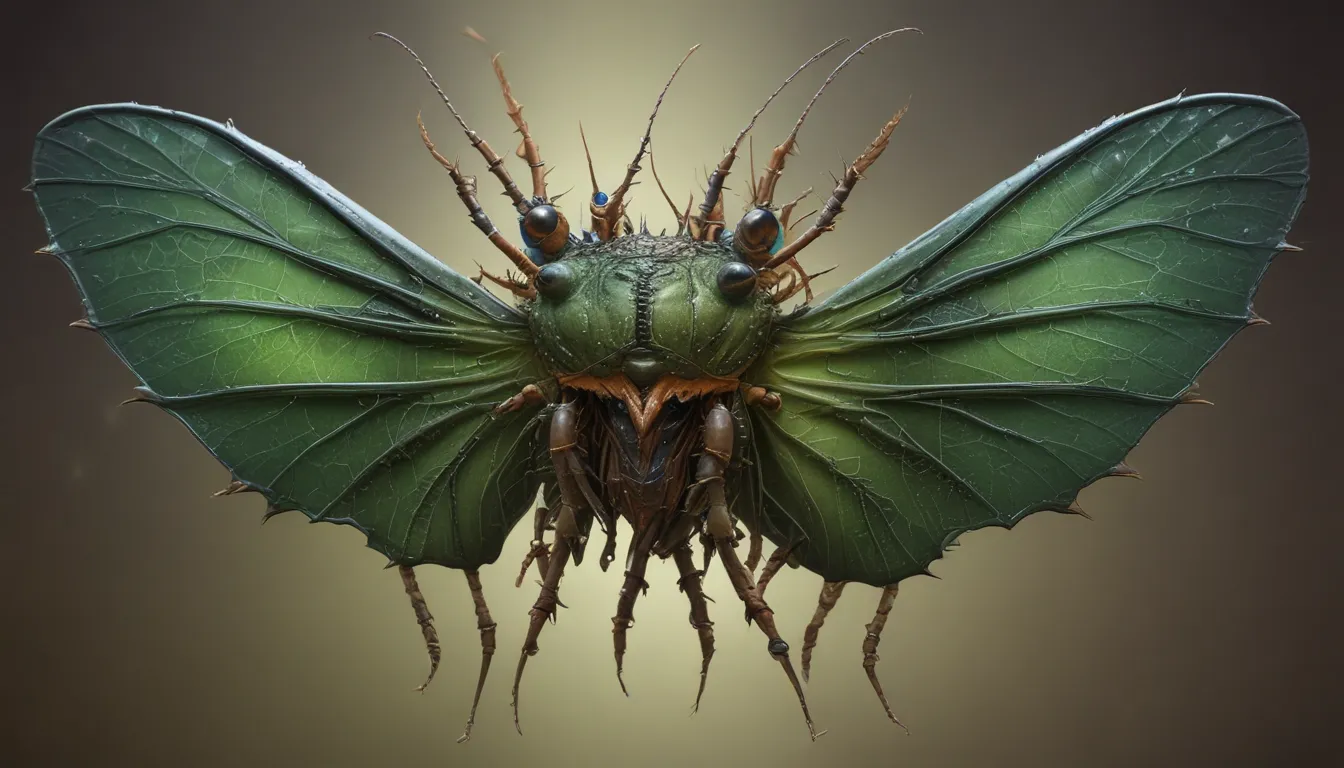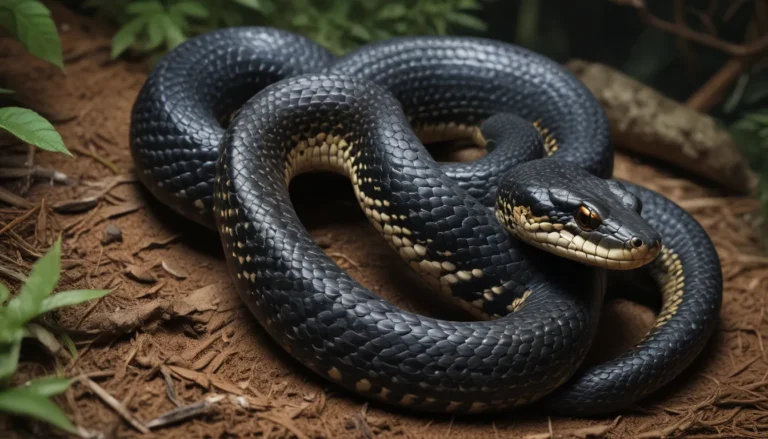The pictures we use in our articles might not show exactly what the words say. We choose these pictures to make you interested in reading more. The pictures work together with the words but don’t take their place. The words still tell you the important facts.
Do you ever come across an insect that catches your eye with its striking thorn-like appearance? Meet the Thorn Bug, also known as the walking thorn or thorny bug, a captivating creature belonging to the family Membracidae found in various warm climates worldwide. Despite their small size, these insects boast unique features and behaviors that make them truly intriguing.
Let's embark on a journey to uncover 10 captivating facts about Thorn Bugs that will pique your curiosity and shed light on the wonders of this extraordinary insect species. From their remarkable camouflage abilities to their complex social structures, Thorn Bugs offer a wealth of knowledge in terms of their biology and behavior. So, let's delve into the enigmatic world of these tiny yet fascinating creatures!
Thorn Bug: A Thorny Wonder
-
Thorny Defenses: The Thorn Bug, scientifically known as Umbonia crassicornis, earns its name from the sharp, thorny projections adorning its body. These thorns serve as a form of defense against predators and aid in camouflaging the insect amidst its surroundings.
-
Global Dwellers: Found in regions like South America, Central America, and parts of the southern United States, Thorn Bugs gravitate towards warm, tropical climates where they can be spotted residing on plants and trees.
-
Sap Sipper: The primary diet of Thorn Bugs consists of plant sap, which they extract using specialized mouthparts. While they favor citrus trees, they also feed on a variety of other plant species.
The Intriguing World of Thorn Bugs
-
Family Ties: Thorn Bugs are part of the family Membracidae, known for their diverse shapes resembling thorny branches or projections. This family also includes various treehopper species.
-
Females Reign: In the Thorn Bug hierarchy, females outsize males, a common occurrence among many insect species where females require more significant body sizes for egg-laying purposes.
-
Metamorphosis Unveiled: Thorn Bugs undergo incomplete metamorphosis, progressing from eggs to nymphs and finally transitioning into adults without undergoing a pupal stage.
-
Life-Sustaining Symbiosis: Thorn Bugs rely on symbiotic bacteria living within their bodies to break down and digest complex sugars present in plant sap, providing essential nutrients for their survival.
Thorn Bugs: Masters of Adaptation
-
Jumping Giants: Contrary to their seemingly stationary demeanor, Thorn Bugs possess powerful hind legs that facilitate swift and robust jumps, aiding in evading predators and navigating between plants.
-
Communication Tactics: Thorn Bugs communicate through vibrational signals, creating distinct patterns by vibrating their bodies or surrounding surfaces to convey warnings or attract potential mates.
-
Color Kaleidoscope: Thorn Bugs exhibit a spectrum of colors, including green, brown, and pink, enhancing their ability to blend seamlessly into diverse plant environments.
Unraveling Thorn Bugs’ Mysteries
Thorn bugs, also referred to as treehoppers, enchant us with their distinct appearance and behaviors. From their exceptional camouflage skills to their intriguing communication methods, these insects offer a treasure trove of curiosity and fascination.
While modest in size, Thorn Bugs contribute significantly to their ecosystems. Their feeding habits and interactions with plants can influence plant growth and ultimately impact the survival of their botanical hosts. Moreover, their intricate physical features and unique adaptations offer a glimpse into the wonders of evolutionary processes.
Exploring the realm of Thorn Bugs not only enriches our understanding of the natural world but also serves as a testament to the boundless diversity and complexity of life. Next time you encounter a Thorn Bug, take a moment to marvel at the captivating creatures that share our planet.
With their thorny allure and distinctive behaviors, Thorn Bugs stand out as captivating insects. Let's uncover 10 fascinating facts about these mesmerizing creatures.
FAQ: Your Thorn Bug Queries Answered
-
Appearance: Thorn bugs sport thorny projections on their bodies in various colors like brown, green, and gray, allowing them to seamlessly blend into their surroundings.
-
Diet: These insects primarily feed on plant sap, using specialized mouthparts to extract the vital liquid from plant tissues.
-
Plant Impact: While Thorn Bugs generally do not cause significant harm to plants, large populations can potentially weaken host plants.
-
Habitat: Thorn Bugs inhabit regions around the world with abundant vegetation, where they can effectively camouflage themselves.
-
Defense Mechanism: When threatened, Thorn Bugs produce vibrations by flicking their wings, mimicking buzzing sounds to deter predators.
-
Predators: Thorn Bugs face a range of predators, including birds, spiders, and other insects, utilizing their thorny appearance as a protective measure.
-
Reproduction: Females lay eggs on plant stems near thorns, with the hatched nymphs gradually maturing into adult Thorn Bugs.
-
Flight Capability: Thorn Bugs can fly with their wings, although they rely more on camouflage than flight for survival.
-
Vocalization: While not known for emitting significant sounds, Thorn Bugs can create vibrations for defensive purposes.
-
Ecosystem Benefit: Thorn Bugs contribute to pollination and nutrient cycling in their ecosystems, playing a vital role in maintaining ecological balance.
Enhance Your Thorn Bug Knowledge
Our dedication to providing reliable and engaging content is at the core of our mission. Every fact shared on our platform originates from contributions by real users like you, ensuring a diverse range of insights and information. Rest assured, our team of dedicated editors meticulously reviews each submission to maintain the highest standards of accuracy and authenticity. Explore and learn with us, trusting in our commitment to quality and integrity.
With their intriguing physical features and captivating behaviors, Thorn Bugs captivate the imagination and offer a glimpse into the marvels of the insect world. Embrace the allure of these remarkable creatures and delve into the mysteries of the Thorn Bug realm.






